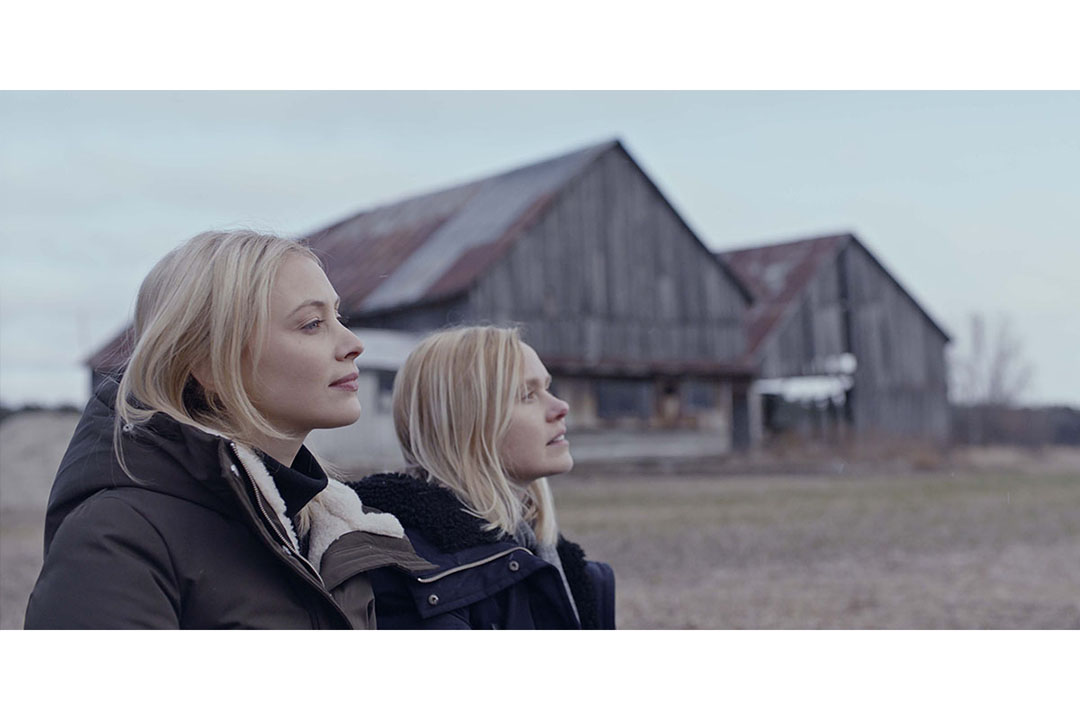Content warning: The plot of All My Puny Sorrows contains discussions of suicide.
All My Puny Sorrows — a daunting adaptation of Miriam Toews’ 2014 award-winning novel with the same name, directed by Toronto International Film Festival regular Michael McGowan — premiered at Toronto’s Princess of Wales Theatre on September 11.
At first glance, the film is a cleaner, more surgical adaptation of the free-flowing verse and slow desperation of the original novel for the big screen.
For just over 100 minutes, audiences are immersed in the lives of the Von Riesen family, made up of sisters Yoli, a struggling writer going through a difficult divorce, and Elf, an acclaimed concert pianist who suffers from severe depression. Like her father, who died by suicide, Elf struggles with suicidal ideation. The rest of the family is made up of a steadfast mother, Lottie; a clever, no-nonsense aunt Tina; and Yoli’s teenage daughter Nora, who is predictably sardonic yet surprisingly wise. After Elf’s most recent suicide attempt, her family rallies around her in a last-ditch attempt to motivate her to continue living.
The film’s story is driven by long stretches of emotionally charged dialogue and slow, contemplative scenes in relative silence. However, there are also snippets of ironic humour interspersed throughout conversations about intergenerational trauma and the meaning of life in the face of death. Although the film’s plot feels rushed at times and lethargic at others, it’s a worthy watch because of the main cast’s stunning performances and the careful craftsmanship of its scenery and sound.
The visuals in the film are of particular interest. Most scenes are sapped of colour, relying almost entirely on a sterilized wintry palette of whites, greys, browns, and blues. Brief exceptions are occasionally made — the interior of Yoli’s Toronto house is relatively colourful, as is Lottie’s home in Winnipeg — but most scenes are intentionally restricted to a harsh and desaturated range of colours meant to evoke a sense of detachment, discomfort, and dread.
The use of light is equally important; the film is not only bleak but also painfully bright, further reinforcing established feelings of despair and turmoil. When viewers first meet Elf, she is playing at a sold-out concert under blinding floodlights, clearly caught in anxiety and distress, despite all of the success and love she has found in life. White lights are used throughout the film — long fluorescent bulbs overhead at the hospital, cold burning sunlight piercing through windows at cafes — never allowing us to believe that anything in this world could be gentle or warm.
Symbolism also plays a role in communicating intrinsic parts of the plot; hints are subtly interwoven into a number of important scenes. One instance occurs during Yoli’s cab ride from the airport to the hospital, where the film cuts to a prolonged shot of a cross on the side of a community church. The cross is a reminder of the women’s upbringing in a tiny Menonnite community, whose religious elders likely played a role in their father’s untimely death. When Elf speaks to Yoli after she’s transferred to the psychiatric ward, we catch a glimpse through her window of a train speeding on the tracks — another reminder of their father’s suicide and a clue to Elf’s eventual demise.
Just as prominent is the film’s soundtrack, which is a collection of original pieces deftly composed by Jonathan Goldsmith. The music is modern and melancholic, designed to evoke deep and reflective emotions of sadness and hope in the audience. Considering one of the film’s main actors is a famous concert pianist, it is interesting that only one well known classical piece is used during the film’s entirety.
In the sequence, Elf and Yoli’s father argue with church elders visiting their home. He defends his daughter’s wishes to study music in university, while a 15-year-old Elf perfects Rachmaninoff’s Prelude in G Minor to drown out the conversation. The adult version of Elf practices and performs more abstract pieces similar to the film’s soundtrack itself, pieces which are significantly easier to play.
This shift may be an intentional one. Elf tackled the musical world’s most challenging pieces with vigour in her youth, but as an adult burdened with mental illness, a simple practice session becomes overwhelming. When Rachmaninoff’s Prelude stops, Elf is flooded with emotions and shuts down. In the silence that follows, we are also forced to contemplate the sorrows in our lives, as we bear witness to her incredible pain.
Although certainly imperfect, All My Puny Sorrows is still a worthy watch. It features lifelike characters and a storyline that tackles personal and societal tragedies, filled with sharp dialogue, much-needed humour, and clever cultural references. The film is also perfectly completed by its pinpoint visual and audio design, as well as the execution of both elements in conjunction and in relation to the story itself.
Fans of the novel will enjoy a faithful adaptation of one of the best Canadian books of the last decade. As audience members watching the film, we can expect a new clarity regarding the futility of our tiny little lives.


